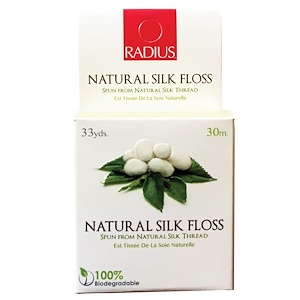
Intolerance


Tom's Blog on Life and Livingness



Specific respiratory microbiome communities may be linked to influenza susceptibility, according to a study published January 9, 2019 by Betsy Foxman from the University of Michigan, USA, and colleagues. Influenza virus, the causative agent of flu, primarily targets and infects the epithelial cells in the respiratory tract. The epithelial cells of the nose and throat are enveloped by complex bacterial communities, leading Foxman and colleagues to hypothesize that this respiratory microbiome might interact with the virus — and could play a role in the body’s defences against flu. In this study, 144 Nicaraguan households with a member identified as having influenza were enrolled between 2012 and 2014 and all household adults and children monitored for up to two weeks. Study staff visited each household five times, sampling the respiratory microbiomes of all household members as well as testing for influenza infection; participants also kept symptom diaries. Using statistical modeling, the authors were able to categorize each participant’s respiratory microbiome into one of five distinct community types at every visit, though approximately half of participants underwent changes in microbiome type between study visits. The authors could then compare participants’ microbiome types to the likelihood of their contracting flu. One of the five respiratory microbiome community types across age groups clearly demonstrated decreased susceptibility to the flu. This microbiome type was significantly less common in infants and young children, and when present also appeared less stable in these age groups compared to older children and adults. While the link between microbiome and influenza susceptibility was not shown to be causal in this study, the authors suggest that these microbiome differences might contribute to the increased influenza risk observed among young children. The authors note that the further work could examine whether the high degree of change to microbiome types seen in many participants represents normal variation among healthy individuals or a response to influenza exposure. Nonetheless, the authors believe this is the first human population study to indicate that your respiratory microbiome may affect your susceptibility to flu. https://www.nexusnewsfeed.com/article/climate-ecology/respiratory-microbiome-may-influence-your-susceptibility-to-flu/



After my post last week on dental floss one of my readers did some homework and found this he was kind enough to share.
Silk dental floss with NO chemical on it.
Just bought some.
But after examining it, will get some silk thread from somewhere, and some real bees wax.
Good to know silk can be used

“If you inject thimerosal into an animal, it’s brain will sicken. If you apply it to living tissue, the cells die. If you put it in a petri dish the culture dies. Knowing these things, it would be shocking if one could inject it into an infant without causing damage.” Boyd Haley PhD, Professor and Chair, Department of Chemistry, University of Kentucky.

Something to consider.. Text version can be viewed here: http://mdbad.com/forum/topic/a-list-of-psychiatric-drugs-and-the-nutrients-they-deplete-from-the-body/

